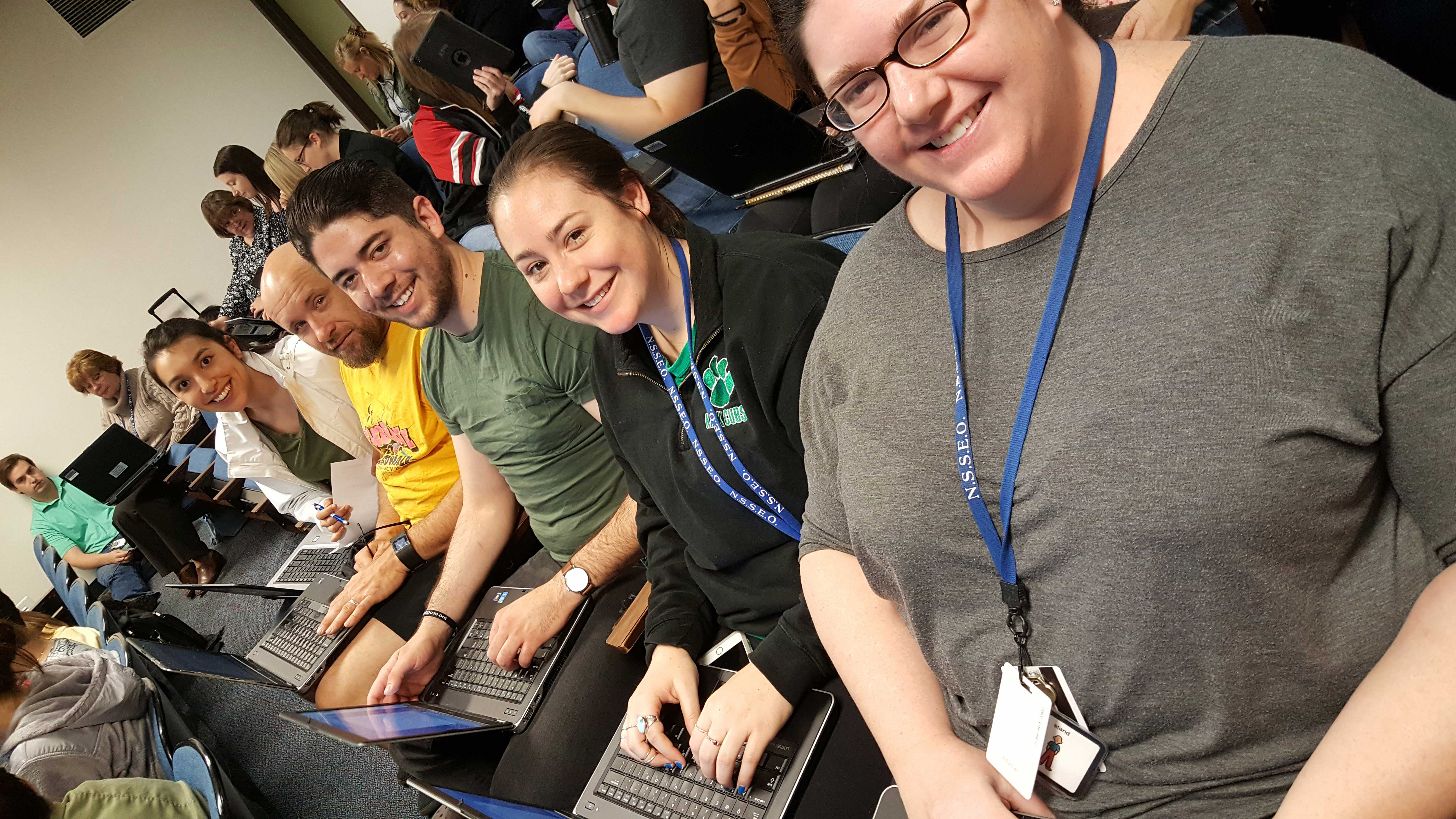Yes, and I think this is great! I recommend this free resource: http://www.dblink.org/pdf/adamls.pdf
Assessment of Access to Manual Sign Language.
Think as you do with the Communication Matrix- what are his preferences and topics? what are his routines? map out the day and build in those signs within very meaningful routines. Continue to pair objects with sign, especially signs that have movement and a type of "touch" representation. Your example of the cup or drinking sign is a very natural one.
At one point, I worked with a person who had limited language and lived in a large institutional facility. We tried using a "touch-sign-go-sign" with her where she would, within a routine, touch an object that represented the next activity, like shampoo, then we would sign wash hair, then she would go to wash her hair. Very integrated.
Also our national center has developed free online modules and there is a newly published one on Sign Language and Braille-
Click here to learn more- https://moodle.nationaldb.org/mod/page/view.php?id...
Click here to sign up for free- https://nationaldb.org/ohoaregister
Amy Parker - 11/19/2016

